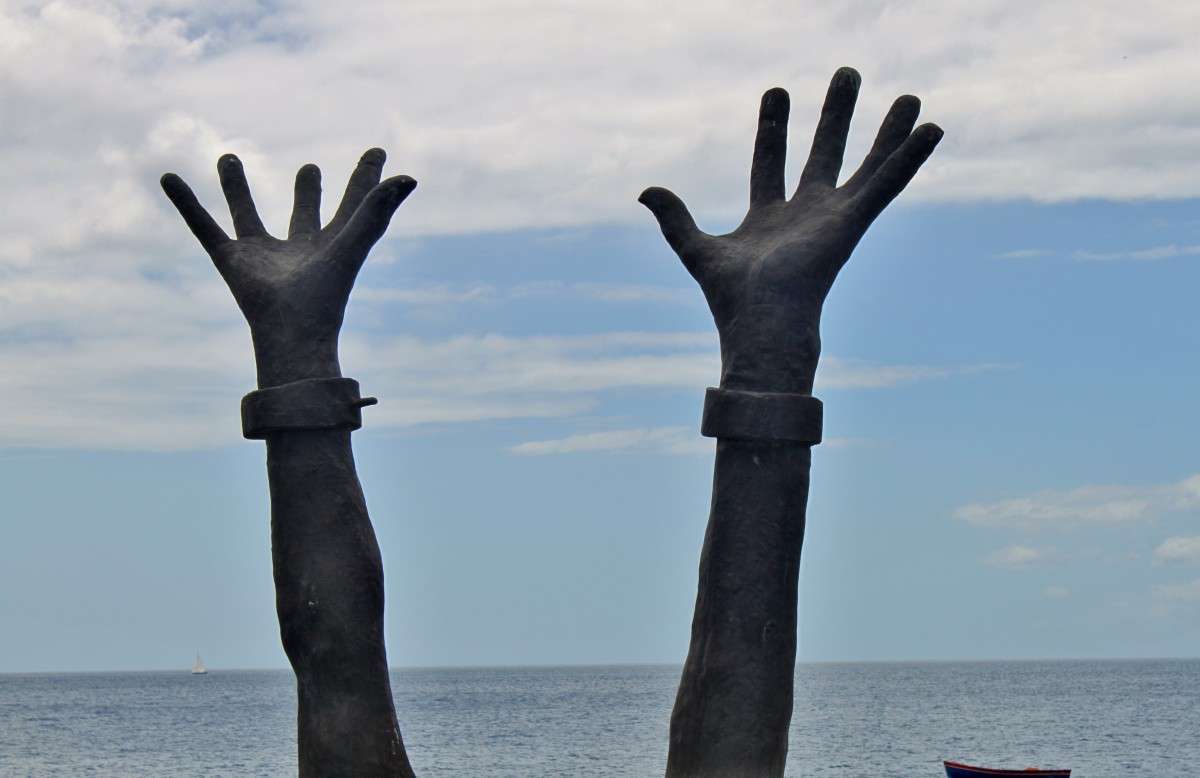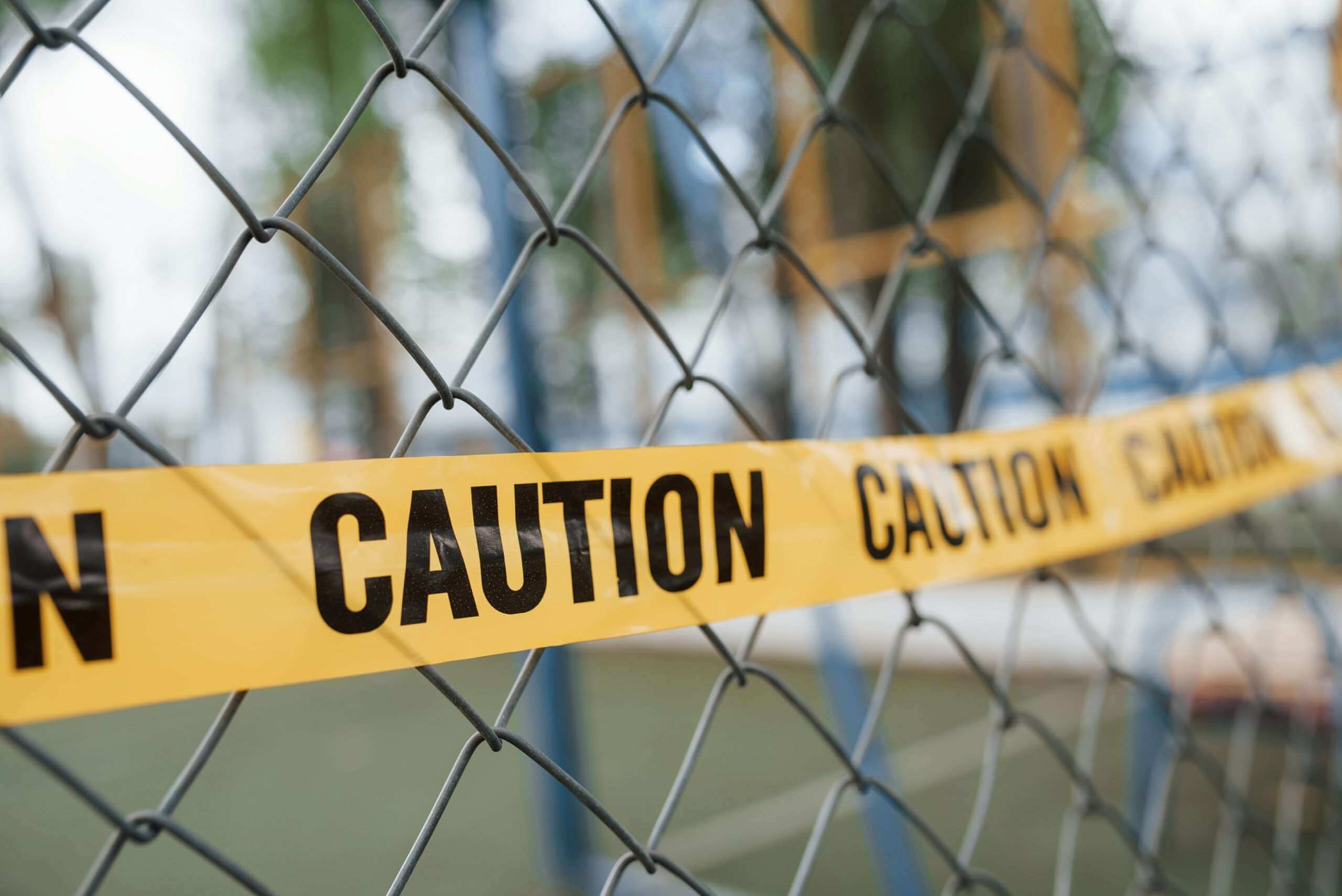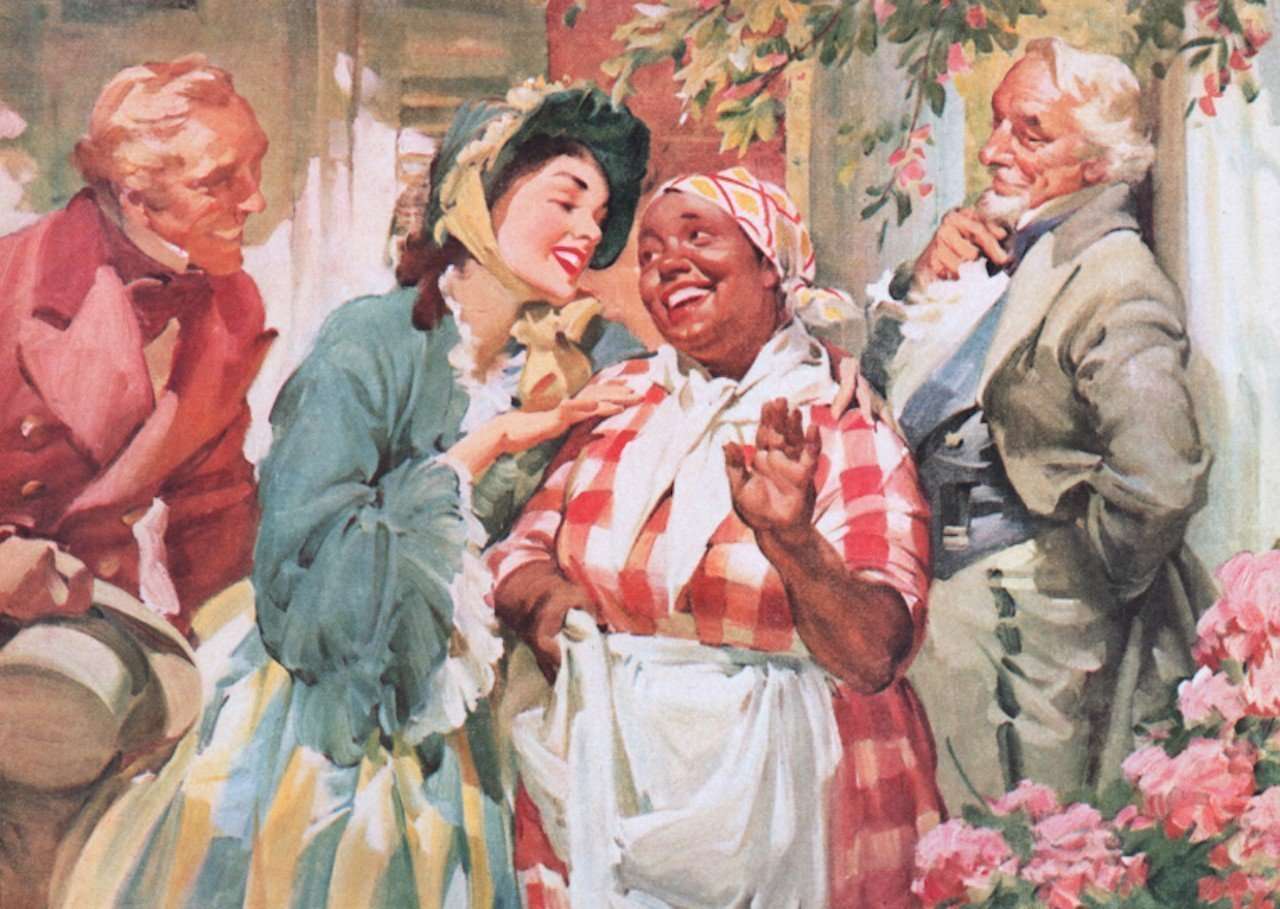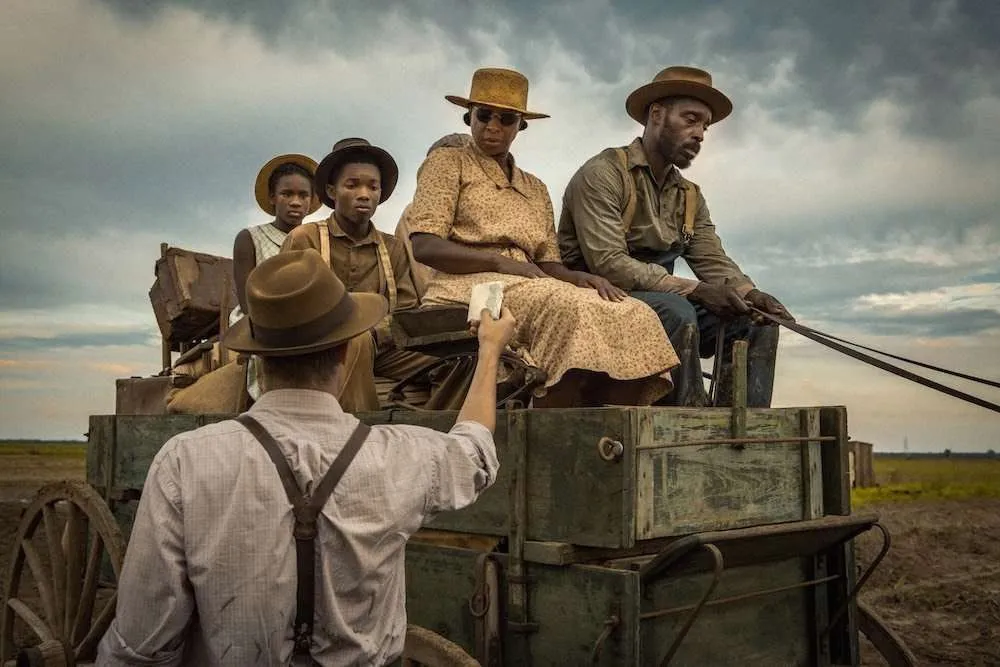Featured
The Forgotten Story of Igbo Landing

Throughout history — with a particular focus on the slave trade era — there were stories of dehumanizing acts, mass killings, maiming, racism, resistance to slavery, and suicide. But none of these accounts were ever as heart-wrenching as the Igbo Landing story at Dunbar Creek on St. Simons Island, Georgia in 1803.
The events of the Igbo Landing in 1803, like many other stories of resistance to a life of slavery, remains both morally and historically relevant to date. After two centuries, it has become an essential part of African American history, as it was one of the sparks that lighted the raging fire of anti-slavery movement in the Western world.
What is Igbo Landing?
Igbo Landing, otherwise known as ‘Ibo landing’ or ‘Ebo landing’, is a sacred site at Dunbar Creek on St. Simons Island, at Glynn County, in the state of Georgia. It is popularly known as the place where 75 slaves taken from West Africa, precisely from modern-day Nigeria, drowned their captors and drowned themselves afterward. This happened while they were being transported aboard a ship to a location where they’ll serve as slaves on a plantation field.
Seeing the horror that lied ahead, the Igbo slaves all decided to take their lives, not just to end the misery right there, but most importantly, as a protest to enslavement. Their unwillingness to submit to a life of slavery, as they saw fit, could only materialize by committing suicide.
The "Igbo Landing" story of 1803: (A Thread)
In May 1803, around 75 Igbo slaves who were being transported by sea revolted by capsizing their ship and drowned themselves while singing in Igbo, a song that translates to…
Retweet to educate someone on your timeline pic.twitter.com/oGxBtHggEf
— IGBO History & Facts (@IgboHistoFacts) May 9, 2020
The Igbo Landing is one of the largest mass suicides ever recorded in history.
In May 1803, several dozen Igbo slaves, including a few other West African slaves, arrived in Savannah, GA aboard a slave ship called the Wanderer. They were sold off at $100 each to slave masters John Couper and Thomas Spalding, who intended to resell them on nearby St. Simons Island. But that was never to happen because the bound slaves revolted against their captors right there in the creek.
After the financial exchange, the slaves were chained and kept under the deck of a coastal trading vessel, the Schooner York, that was to take them to St. Simons. Some sources, however, claimed that the voyage happened on a different vessel called The Monrovia. As the voyage progresses, the slaves rebelled against their captors, hijacked the ship, drowned all the masters on board the vessel, and somehow also managed to ground the ship in Dunbar Creek. The site of this incident is what is now known as Igbo Landing.
Although the exact details of how it all played out remain unclear, the most significant action was seen at the end when the slaves all marched ashore at the direction of their high chief while singing. According to original accounts of the event, the words of the song translate to:
“The water spirit brought us. The water spirit will take us home”.
“Mmụọ mmiri du anyi bịa, mmụọ mmiri ga-edu anyi laghachi”
At the direction of their leader, a high Igbo Chief among them, the Igbo slaves all gallantly walked into the Dunbar Creek’s marshy waters and committed mass suicide.
A white slave master- the Roswell King who oversees a nearby Pierce Butler Plantation, wrote the first account of the event that happened on that day. Together with another witness, Captain Patterson, they recovered just 13 of the drowned slaves. Whatever happened to the rest remains unknown. Some believe that they survived the ordeal and escaped. Hence it is hard to say exactly how many slaves died there on the creek.
In a letter describing Dunbar Creek’s events, William Mein, the Savannah slave dealer, noted that some of the slaves were salvaged by bounty hunters who claimed $10 per head from their owners Spalding and Couper. Other sources claimed that the survivors of the suicide were taken to Cannon’s Point on St. Simons Island.
RELATED: Juneteenth: 5 Things You Didn’t Know About The Holiday
The Historical Import of Igbo Landing
Although the number of deaths on Dunbar creek is uncertain, the Igbo people’s mutiny and the suicide that followed shortly after assumed significant historical importance in African American folklore.
Before the Igbo landing events, there have been calls and efforts from different quarters to put an end to slavery. This, of course, included many different ‘acts of resistance’ to enslavement. However, the Igbo people’s actions in 1803 ignited the first of a series of major resistance from Africans, especially those bound in slave chains.
Overthrowing their captors and choosing suicide over enslavement was received by lots of Africans in America at the time as the final call to freedom. Some literature refers to the Igbo people’s mutiny as the first ‘freedom march’ in the history of America.
Because of the lack of fine details on the actual sequence of events, many authorities have dismissed the Igbo landing story as mere legend or African American folklore. But since the emergence of facts and findings from research beginning from 1980, Igbo Landing’s factual basis and historical content in 1803 has been verified as accurate.
The event’s site bears no historical marker to date, but it has enduring symbolic importance to locals. Recently, it was incorporated into the history curriculum of the coastal schools in Georgia. In fact, Igbo Landing is a frequently visited tourist attraction.
RELATED: Last Slave Ship, Clotilda, and the Story of the Last Survivor Slave
Story of Haunting and Commemoration of Igbo Landing
According to local folktales, the Igbo Landing and the surrounding marshes in Dunbar Creek are haunted by the dead Igbo slaves’ souls. Although there’s no historical evidence to support this claim, locals still hold the site in high regard. This was seen when sewage was to be built at the site in the 1940s.
The sewage was built despite local opposition by African Americans. Several years later, in September 2002, the St. Simons African American community organized a two-day commemoration of the event at Igbo Landing. The organizers also led a procession to the site of the mass suicide, with 75 attendees from Nigeria, Brazil, Belize, Haiti, and different states across the United States.
The attendees designated the site as a holy ground and called for permanent rest for the souls of the drowned slaves.
Contemporary References to the Igbo Landing
There have been references to the events of the Igbo Landing in recent times. Nobel laureate Toni Morrison used the myth of the flying Africans (a mythological adaption of the Igbos escape at Dunbar creek) in her novel, Song of Solomon. Alex Haley also retold the story in his book, Roots. Several African writers and artists have represented the Dunbar creek events in their works, ranging from poetry and novels to paintings.
In like manner, many musicians and moviemakers have paid tribute to the Igbo landing in their works. A very recent example is the tribute found in the finishing scenes of Marvel’s Black Panther. In the movie, Killmonger, a character played by Michael B. Jordan, refers to the Igbo Landing event in his line,
“Lay me to rest in the ocean with my ancestors who jumped from ships, ’cause they knew eternal rest was better than slavery”.
It is also said that the story of Igbo Landing and the Daughters of the Dust inspired the imagery in Beyoncé’s “Love Drought” portion of her visual album, Lemonade.
Myths and Folklore
The story of the brave Igbo slaves who chose death over slavery has been passed down along several generations. And as with folktales and oral histories, facts and myths often get interwoven. Being that the story of the Igbo slaves had taken deep roots in African American and Gullah folklore, it has been retold many times with little to significant variations to the original account.
Examples include the myths of the water-walking and flying Africans. These are oral accounts describing the escaped Igbo people as possessing supernatural powers by which they walked away from slavery on water. The flying Africans’ myth told how the slaves developed wings, turned into vultures, and flew back to freedom in Africa.








